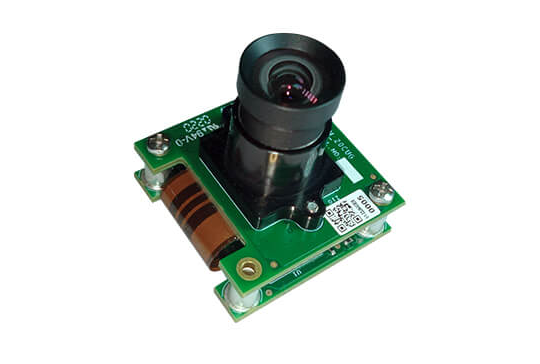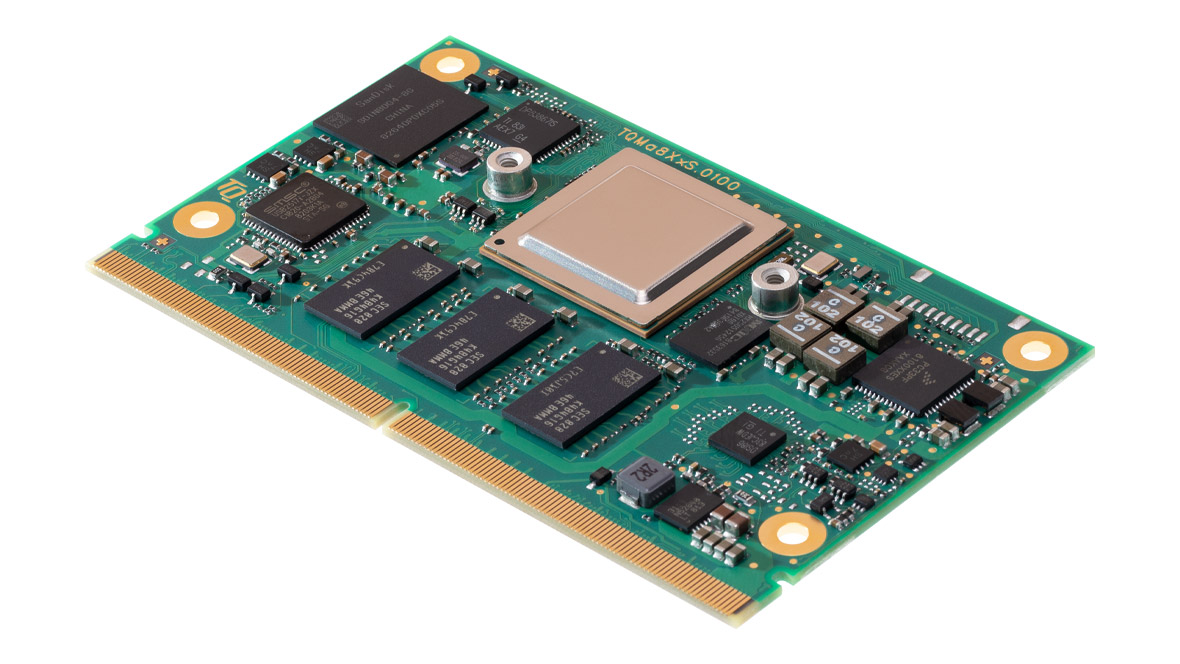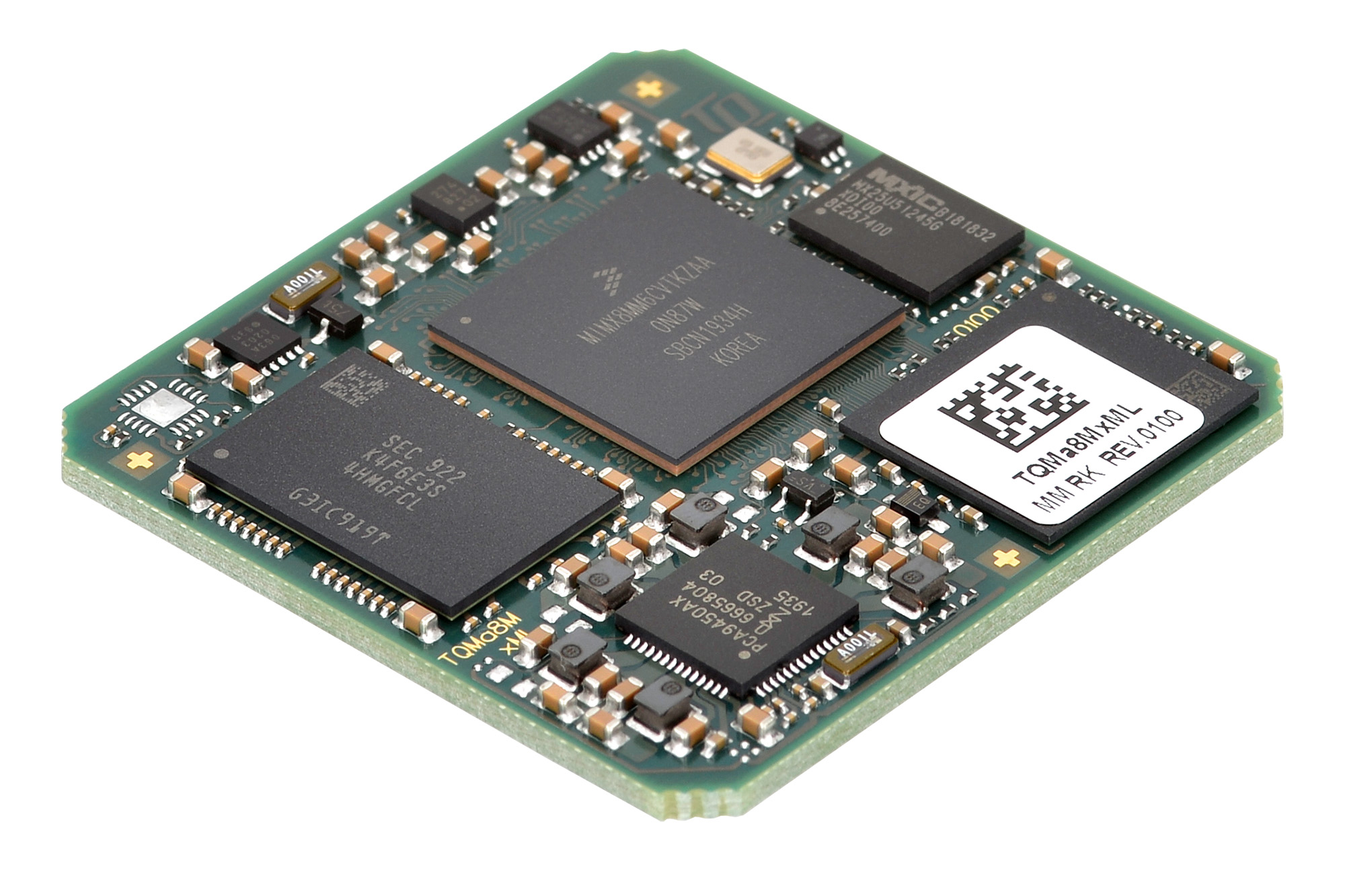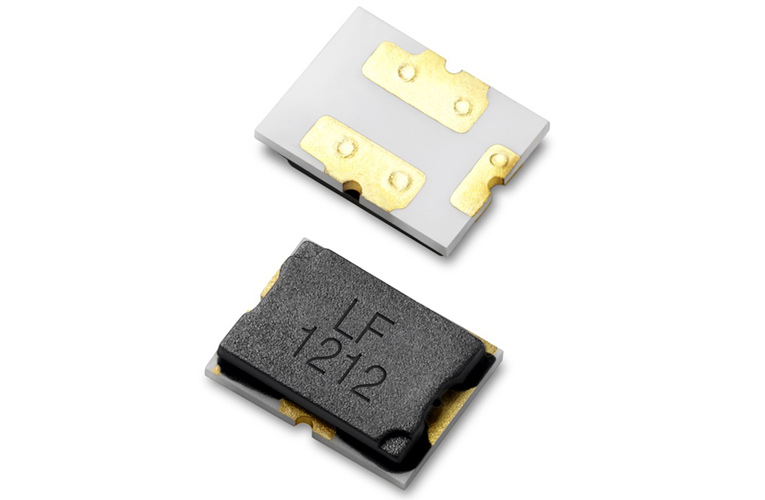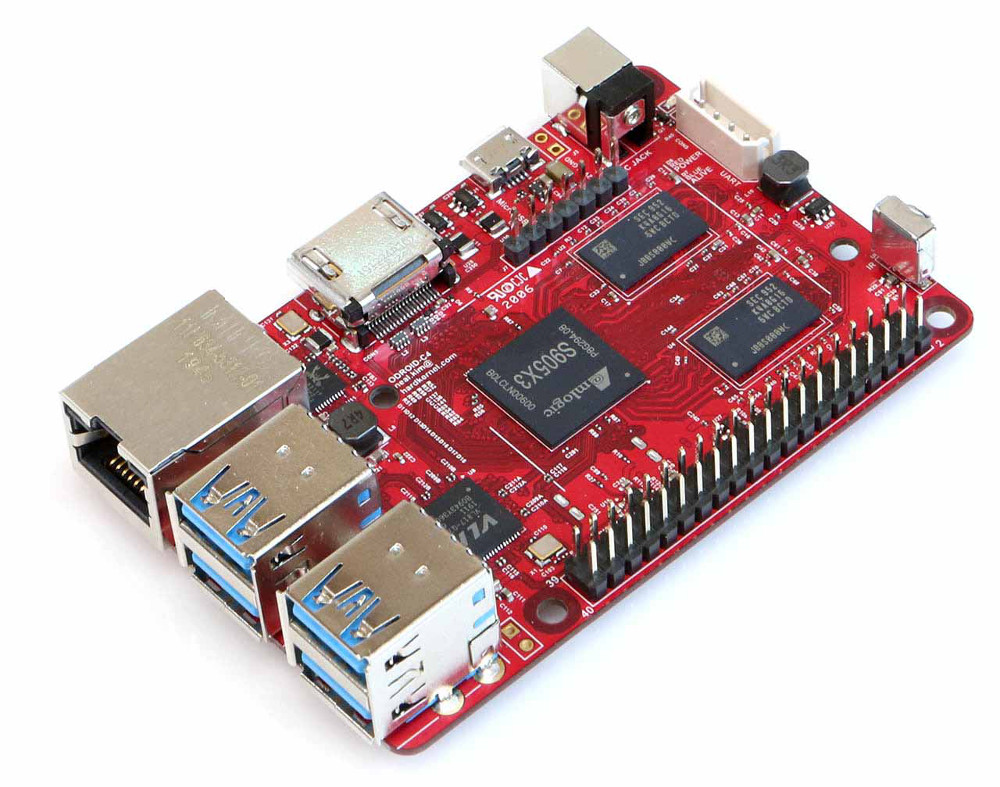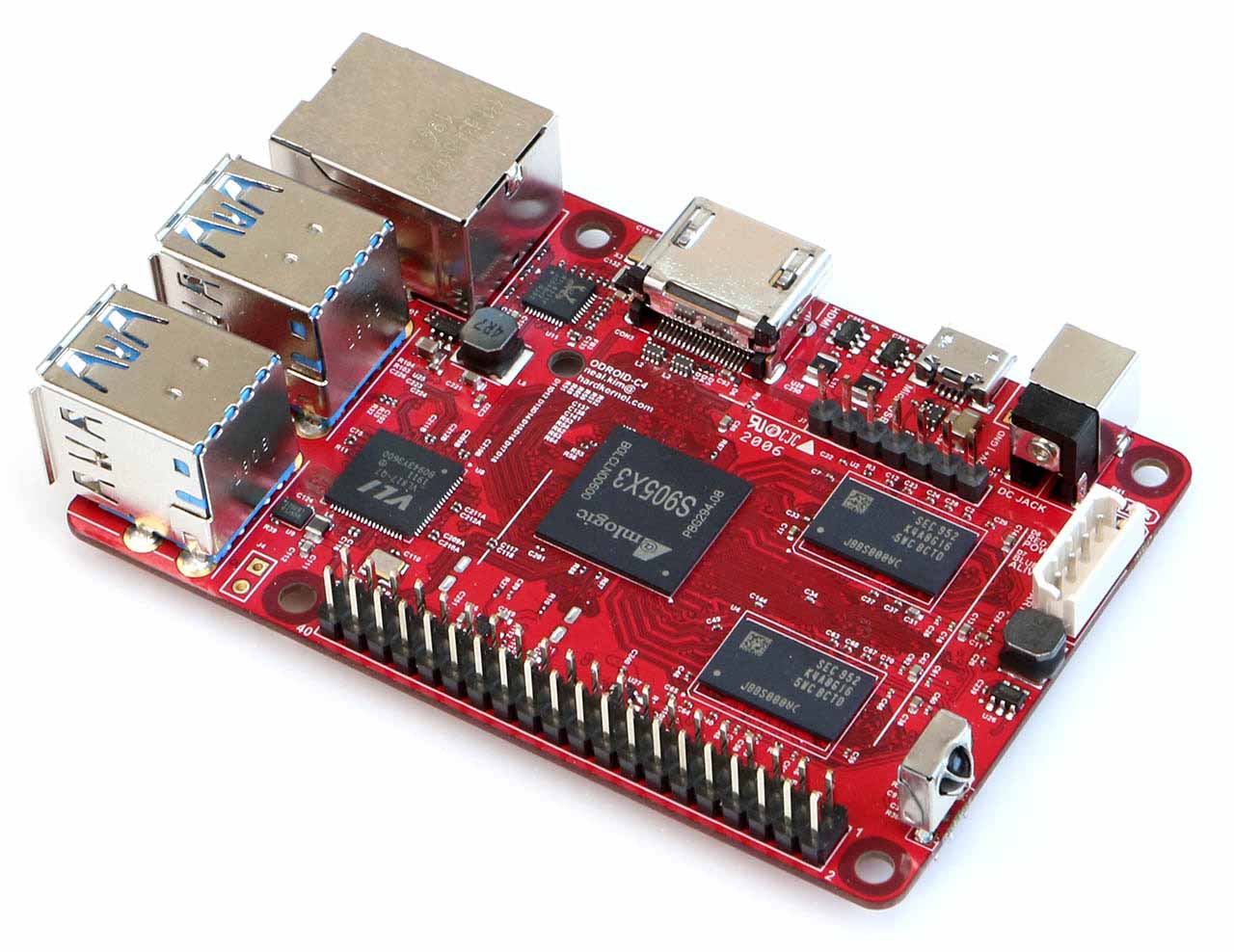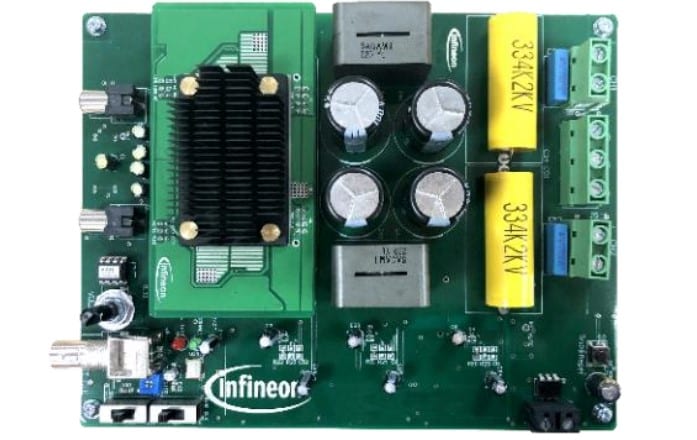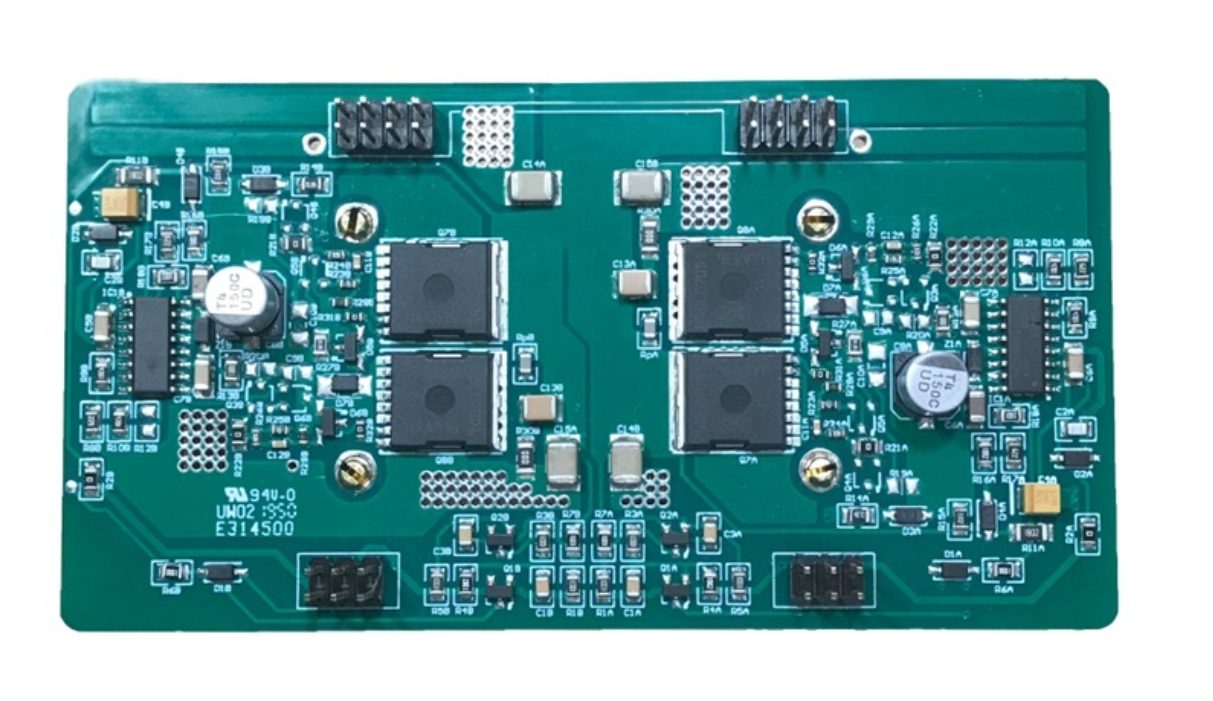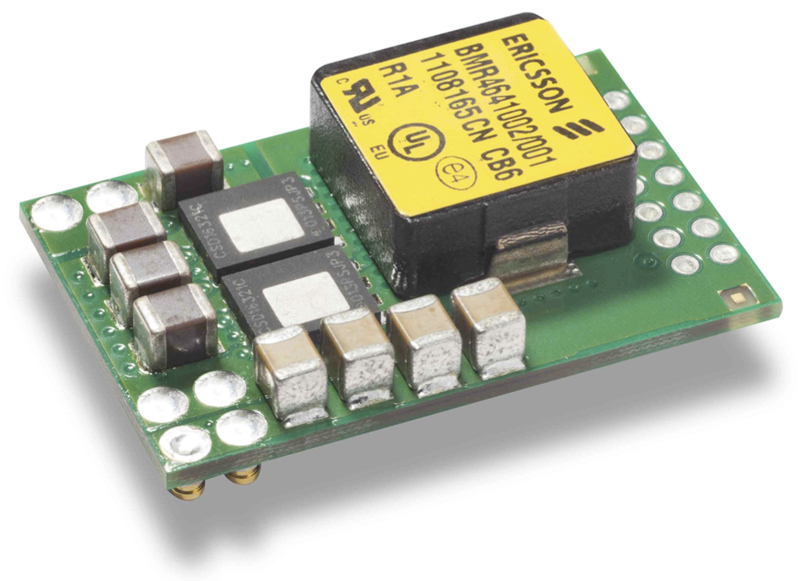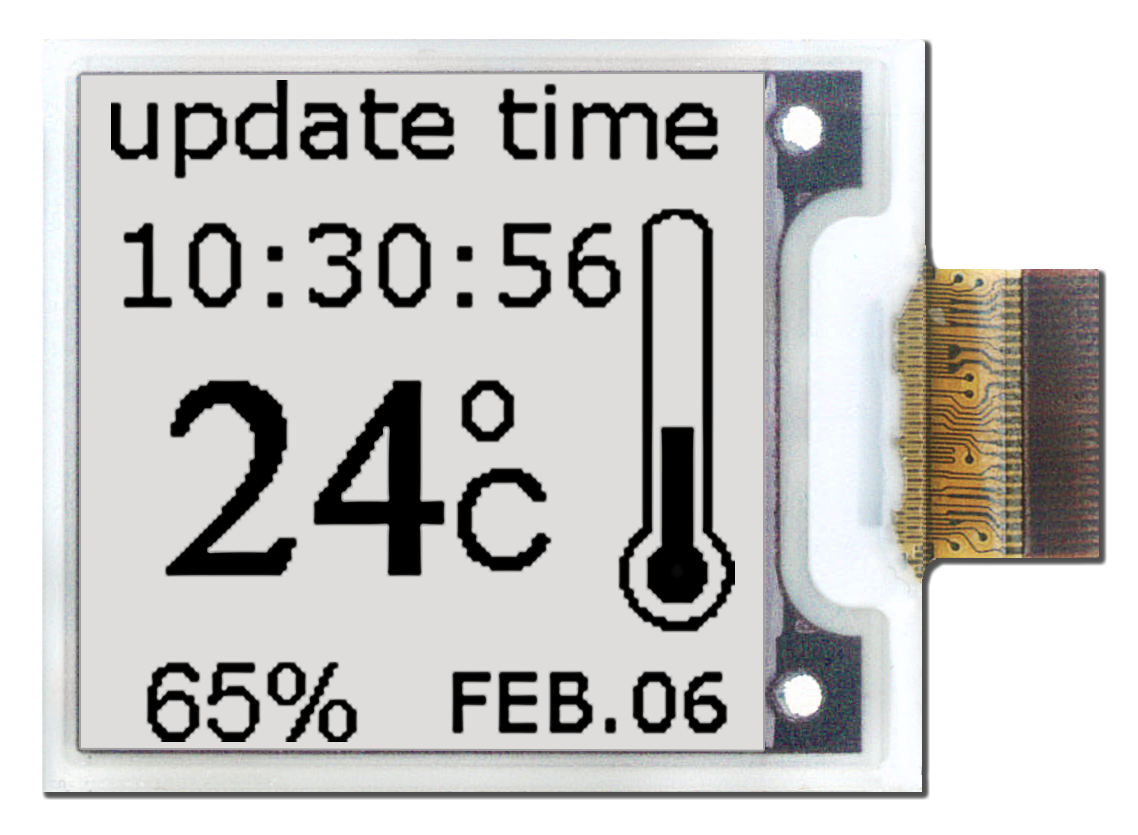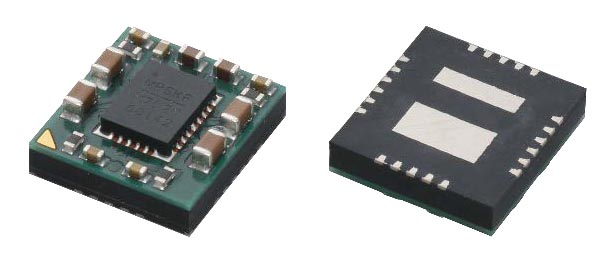e-con Systems’ new See3CAM_20CUG, 2MP, 3.0 µm global shutter USB 3.1 Gen 1 SuperSpeed Camera with NIR sensitivity.
e-con Systems Inc., a leading embedded camera solution company, today announced the launch of See3CAM_20CUG, 2 MP Monochrome global shutter USB 3.1 Gen1 superspeed Camera. It is based on OmniVision’s OV2311 image sensor with 3 µm x 3 µm pixel with OmniPixel®3-GS technology. It has S-mount (M12) lens holder which allows customers to choose and use the lens according to their requirement. It is a Plug-and-Play camera (UVC compliant) for Windows and Linux.
See3CAM_20CUG can capture images at very high frame rate (HFR) 2MP at 60fps, VGA at 180fps and QVGA at 280fps, which helps to minimize the distracting effects while capturing fast moving objects and produce much smoother images, with greater details in a scene. The High Near-Infrared Capabilities helps to produce exceptional image quality beyond visible light region. Both high frame rate and high NIR make it suitable for accurate eye tracking applications and smartly powering driver monitoring systems.
“Our See3CAM_20CUG camera brings out the advantages of global shutter high frame-rate image capture, excellent NIR sensitivity and ease-of-use USB UVC in a single package. This 2MP See3CAM_20CUG camera module will be an ideal camera for applications such as DMS, eye tracking and other tracking applications where NIR imaging and global shutter performance are the important drivers” said Mr. Ashok Babu, President of econ Systems Inc.
Sample Application
e-con Systems provides sample Windows applications, e-CAMView, and Linux application, QtCAM that uses the standard UVC protocol to access the camera controls. The e-CAMView, a DirectShow based image viewer application from e-con Systems enables controls such as Gain, Exposure, Saturation, Brightness, Contrast, and various other controls. QtCAM – Open source Linux camera software application enables capturing and viewing video from devices supported by Linux UVC driver and also works with any V4L2 compatible device
Availability
The See3CAM_20CUG is currently available for evaluation. Customers interested in evaluating the product can order samples from e-con Systems’ online store. For more information, please visit 2MP Global Shutter Camera. Also, watch the demo video.
- Demo-1: Eye Tracking Vision Experience Just Got More Reliable and robust
- Demo-2: Make Your Driver Management Systems Safer and Smarter
- Getting Started with See3CAM_20CUG
- Introduction See3CAM_20CUG
Customization Services
If you are interested in customizing the See3CAM_20CUG or for any additional features, please contact camerasolutions@e-consystems.com


